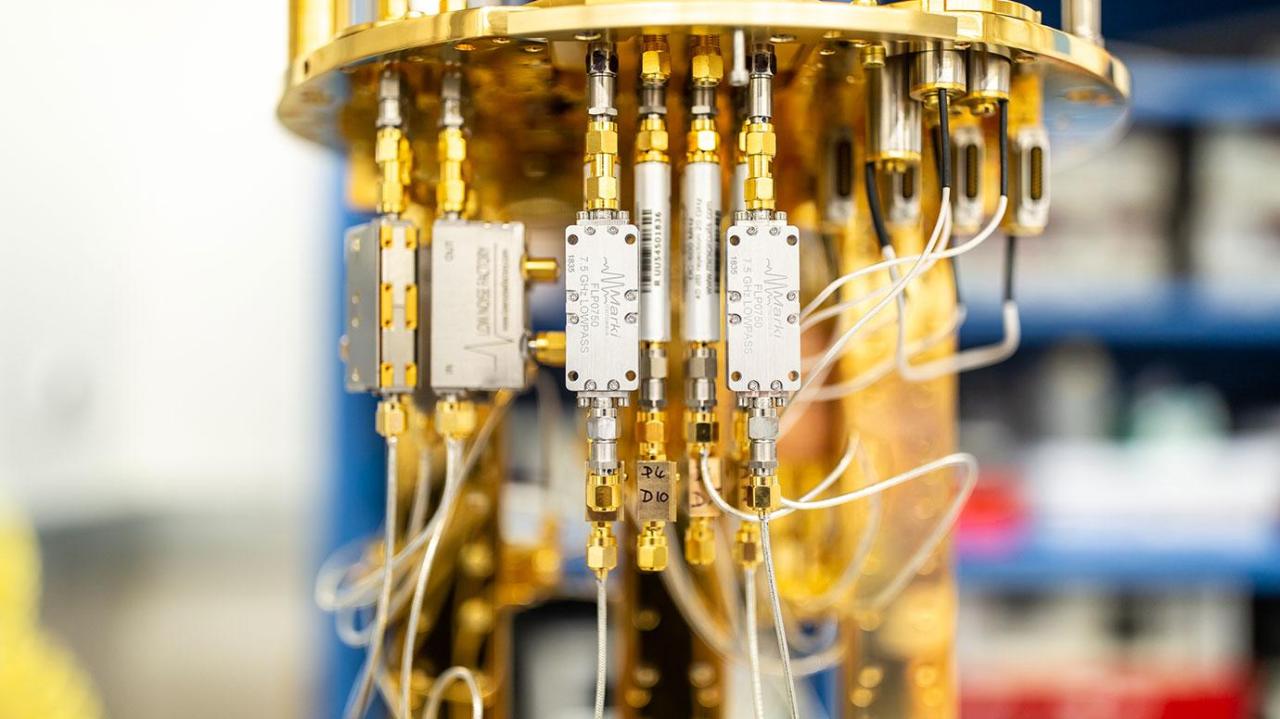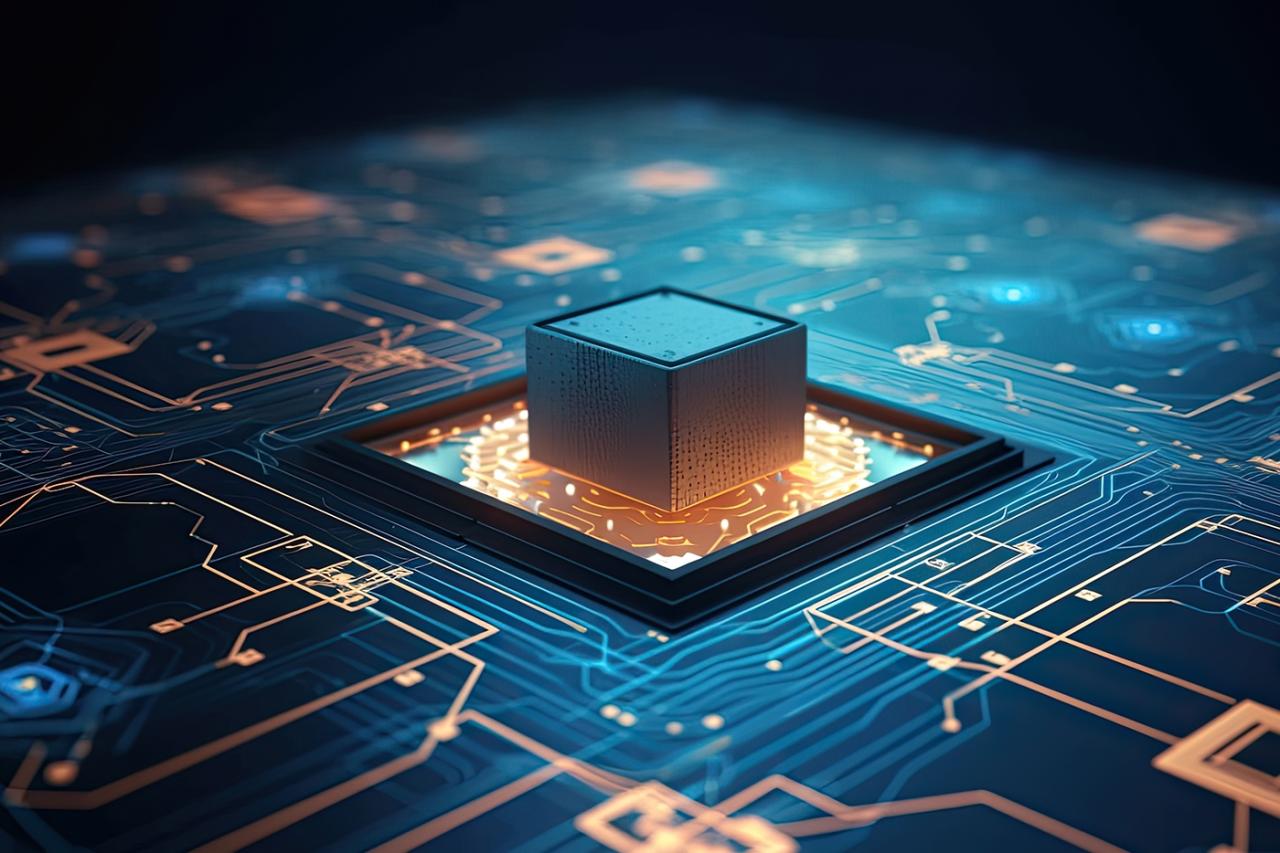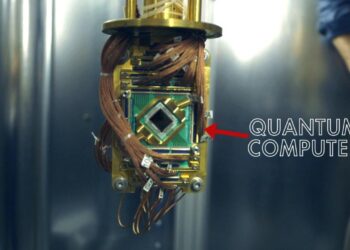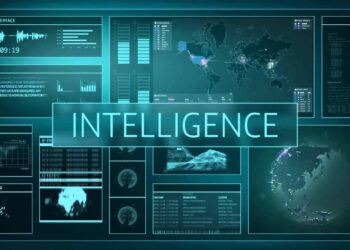The Quantum Leap: Why Computing is Changing Forever
Quantum computing is not merely the next phase of classical computing; it represents a fundamental, paradigm-shifting transformation in how information is processed. For decades, traditional computers have relied on bits—binary units that can only be either 0 or 1. This system, while powering the digital age, faces intrinsic limits based on the laws of classical physics. The emergence of quantum mechanics, however, offers a revolutionary alternative.
The concept of a quantum computer leverages the bizarre and counter-intuitive laws governing matter at the atomic and subatomic levels. By utilizing phenomena like superposition and entanglement, these machines possess the potential to solve complex problems that are currently deemed intractable for even the world’s most powerful supercomputers. This power opens the door to breakthroughs in medicine, materials science, financial modeling, and cryptography.
The title, Quantum Computing: Nearing the Technological Horizon, reflects the reality that after years of theoretical research, the field is rapidly transitioning from the laboratory to viable commercial applications. Governments, technology giants, and venture-backed startups are investing billions, signifying a consensus that the “quantum age” is not just coming—it is imminent. Understanding the core science, the current technological hurdles, and the profound applications of this field is crucial for anyone seeking a competitive edge in the future economy.
The Core Science – Beyond Bits and Bytes
To appreciate the exponential power of quantum computing, one must first grasp the three key quantum mechanical principles that differentiate it from classical computation.
1. Qubits: The Quantum Information Unit
The cornerstone of quantum computing is the quantum bit, or qubit. Unlike a classical bit, which must be in a definite state (0 or 1), a qubit can exist in a combination of both states simultaneously.
- Superposition Explained: The ability of a qubit to hold both a 0 and 1 simultaneously is known as superposition. This means that a system with qubits can store and process possible states at once. A small increase in the number of qubits leads to an exponential increase in processing power. For example, a 50-qubit system can potentially process over a quadrillion states concurrently.
- Probabilistic Measurement: The state of the qubit is only definitively known when it is measured. At the moment of measurement, the superposition collapses into either a classical 0 or 1, with a certain probability determined by its quantum state prior to collapse.
- Decoherence: The delicate nature of superposition is easily disrupted by environmental noise (vibrations, heat, electromagnetic fields). This loss of the quantum state is called decoherence, and minimizing it is one of the greatest engineering challenges in building practical quantum computers.
2. Entanglement: The Quantum Link
Entanglement is perhaps the most bizarre feature of quantum mechanics, famously described by Albert Einstein as “spooky action at a distance.”
- Interconnected States: When two or more qubits become entangled, their fates are linked. They form a single quantum system such that measuring the state of one instantly tells you the state of the other(s), regardless of the physical distance separating them.
- Exponential Parallelism: Entanglement allows a quantum computer to explore vast computational spaces much faster than classical systems. The interdependency of entangled qubits facilitates complex parallel calculations, exponentially speeding up optimization and search processes.
- Quantum Communication: Entanglement is also the foundation for potential future applications in quantum communication and the quantum internet, ensuring highly secure, tamper-proof data transfer.
3. Quantum Gates and Circuits
Just as classical computers use logic gates (AND, OR, NOT) to manipulate bits, quantum computers use quantum gates to manipulate the states of qubits.
- Unitary Operations: Quantum gates are represented by mathematical matrices that perform unitary operations—operations that are reversible and preserve the total probability.
- Building Quantum Algorithms: Complex calculations are performed by stringing these gates together into quantum circuits, designing them to force the system to evolve in a way that the final measured state reveals the answer to the intended problem.
- Universal Quantum Computers: The ultimate goal is to build a universal quantum computer capable of implementing any possible quantum circuit, making it programmable for any task.
Architectural Approaches and Technological Race
The path to building a stable, large-scale quantum computer is highly competitive, with various research groups and tech companies pursuing different physical implementations of the qubit. Each approach has unique advantages and challenges related to stability, scalability, and error rate.
1. Superconducting Qubits (The Current Frontrunner)
This is the technology championed by leaders like IBM and Google, currently the most mature approach in terms of qubit count and system integration.
- Mechanism: These qubits are made from superconducting circuits, often using Josephson junctions, and must be cooled to extremely low temperatures (near absolute zero, ) to eliminate electrical resistance and maintain the quantum state.
- Advantages: They are easily manufactured using existing semiconductor fabrication techniques and show good scalability for near-term increases in qubit numbers.
- Challenges: The reliance on bulky, expensive dilution refrigerators makes them stationary and energy-intensive. They also suffer from high error rates due to environmental noise.
2. Trapped-Ion Qubits (High Fidelity, Slower Speed)
Major players like IonQ and Honeywell (Quantinuum) rely on this method, often cited for its superior fidelity.
- Mechanism: Qubits are represented by the electronic states of individual atoms (ions) that are suspended and held in place by electromagnetic fields within a vacuum chamber. Lasers are used to cool, entangle, and manipulate the ions.
- Advantages: They boast the highest fidelity (lowest error rates) compared to other methods, and all-to-all connectivity between qubits is possible, simplifying algorithm design.
- Challenges: The speed of operations is slower than superconducting qubits, and scaling up the number of trapped ions while maintaining stability presents complex engineering difficulties.
3. Silicon Quantum Dots (The Semiconductor Future)
This approach aims to leverage the vast existing infrastructure of the semiconductor industry, potentially leading to mass-producible quantum chips.
- Mechanism: Qubits are encoded in the spin of individual electrons trapped within tiny silicon structures (quantum dots).
- Advantages: They are highly compatible with existing CMOS manufacturing technology, offering a clear path to high-density integration and mass production, making them potentially more scalable and cheaper in the long run.
- Challenges: Precision control and reliable entanglement of electron spins remain significant research hurdles, and they still require extremely cold temperatures to operate effectively.
4. Photonic Quantum Computing (Light-Based Solutions)
Companies like Xanadu are betting on light particles (photons) as the carriers of quantum information.
- Mechanism: Qubits are encoded in the properties of individual photons traveling through integrated optical circuits (waveguides).
- Advantages: Photons are less susceptible to environmental noise and can operate at room temperature. This approach is highly promising for long-distance quantum networking.
- Challenges: Storing the quantum state of a photon is difficult, and constructing efficient, high-fidelity components to create entangled photon sources and perform measurements at scale is a complex endeavor.
 The Urgent Need for Quantum Error Correction
The Urgent Need for Quantum Error Correction
The fundamental obstacle preventing the deployment of truly useful, large-scale quantum computers is the phenomenon of decoherence and the subsequent high error rates. This has led to intense research into Quantum Error Correction (QEC).
- No-Cloning Theorem: Unlike classical bits, a qubit’s state cannot be perfectly copied due to the no-cloning theorem in quantum mechanics. This prevents simple redundancy methods like creating three identical copies and voting on the result.
- Logical Qubits: QEC involves encoding one highly sensitive logical qubit onto a large group of physical qubits (often hundreds or thousands). These physical qubits constantly monitor each other’s errors without collapsing the logical quantum state.
- Fault-Tolerant Quantum Computing (FTQC): The goal of QEC is to achieve Fault-Tolerant Quantum Computing, where errors occur slower than they can be corrected. FTQC is the benchmark for true commercial viability, requiring systems with millions of physical qubits.
- The Threshold: Research suggests a minimum threshold of hundreds of thousands to millions of highly connected physical qubits will be needed to form a sufficient number of stable logical qubits to run complex algorithms like Shor’s algorithm.
Transformative Applications of Quantum Supremacy
The enormous computational power of quantum computers will unlock solutions across critical sectors, fundamentally altering industries and offering benefits that justify the immense investment.
1. Drug Discovery and Materials Science
Quantum computers are uniquely suited to simulating the behavior of atoms and molecules—a task impossible for classical computers due to the exponential complexity of quantum interactions.
- Precise Molecular Simulation: Simulating how a drug molecule interacts with a protein target in the human body is essential for drug design. Quantum computers will allow researchers to accurately model these interactions, significantly reducing the time and cost of R&D.
- Designing Novel Materials: Scientists can use quantum simulation to design materials with tailored properties from scratch, such as room-temperature superconductors, highly efficient solar cells, or stronger, lighter alloys for aerospace and automotive industries.
- Catalysis Optimization: Quantum algorithms can optimize the design of industrial catalysts, potentially leading to dramatically more energy-efficient chemical manufacturing processes.
2. Financial Modeling and Optimization
The complexity of global financial markets involves massive optimization problems that quantum computers can tackle more efficiently.
- Portfolio Optimization: Quantum computers can quickly analyze a massive number of variables (stock prices, correlations, risk factors) to determine the most optimal and risk-managed investment portfolios.
- Fraud Detection and Risk Analysis: Algorithms can be used to identify complex patterns and anomalies in vast financial transaction data faster than classical systems, improving the detection of fraudulent activities and real-time risk assessments.
- Option Pricing: Quantifying the value of complex financial derivatives (option pricing) is computationally intensive. Quantum algorithms, such as the Quantum Amplitude Estimation algorithm, can provide more accurate and faster valuations.
3. Cryptography and Cybersecurity
Quantum computers pose the single greatest threat to modern digital security, while also offering the ultimate solution.
- Breaking Current Encryption (Shor’s Algorithm): An efficient, large-scale quantum computer running Shor’s algorithm could break the widely used RSA and ECC (Elliptic Curve Cryptography) public-key encryption standards that secure the internet, banking, and government communications. This has sparked a global race for post-quantum cryptography (PQC).
- Post-Quantum Cryptography (PQC): Researchers are developing new cryptographic algorithms that are secure even against a quantum computer. Global organizations are actively preparing for the mandatory transition to these PQC standards.
- Quantum Key Distribution (QKD): Utilizing quantum entanglement, QKD offers a method of secure communication where any attempt by an eavesdropper to read the quantum key is immediately detected, offering a mathematically proven level of security.
 The Road to Quantum Advantage and Commercialization
The Road to Quantum Advantage and Commercialization
The path to a fully fault-tolerant quantum computer is long, but the industry is focused on achieving Quantum Advantage—the point where a quantum machine can solve a practical, real-world problem faster or better than the best classical supercomputer.
- Noisy Intermediate-Scale Quantum (NISQ) Era: The current era is defined by NISQ devices: machines with limited qubits (50-100+) and high error rates. These machines are not fault-tolerant, but researchers are developing hybrid classical-quantum algorithms to extract useful results despite the noise.
- Hybrid Algorithms: Many near-term applications rely on hybrid algorithms, where a classical computer manages the data flow and optimization, while the quantum computer performs the highly complex, computationally intensive part of the calculation.
- Quantum as a Service (QaaS): Companies like IBM and AWS are providing cloud-based access to their quantum hardware (Quantum as a Service). This democratization of access allows researchers and businesses to experiment with quantum computing without the need to build their own multi-million dollar labs.
- Standardization and Tooling: Just as important as the hardware is the development of robust, user-friendly quantum programming languages, software, and compilers (like Google’s Cirq and IBM’s Qiskit) to lower the barrier for developers.
The technological horizon for quantum computing is closer than ever before. The transition from NISQ devices to the first practical fault-tolerant quantum computer (FTQC) will be the most significant milestone in the history of information technology. This quantum leap promises not only to disrupt the status quo but to create entirely new possibilities that we are only beginning to comprehend. The race is on, and the world is holding its breath for the ultimate quantum breakthrough.












